PowerVR seem very interested in Vulkan, and a demo they have shown off shows much better performance on Vulkan over OpenGL.
 The FPS is a lot more consistent (and high), and the load on the CPU is better too.
The FPS is a lot more consistent (and high), and the load on the CPU is better too.
You can find their full blog post about it here.
It's all very technical, and most of it beyond me since I don't work with graphics API's, but this bit seemed important:
We knew that Vulkan would require more work from developers, as it relies less on drivers, but it's worth mentioning again.

YouTube videos require cookies, you must accept their cookies to view. View cookie preferences.
Direct Link
Direct Link
You can find their full blog post about it here.
It's all very technical, and most of it beyond me since I don't work with graphics API's, but this bit seemed important:
QuoteAll of the features above require implementation in code, so the use of Vulkan does come with added code complexity compared to OpenGL ES.
We knew that Vulkan would require more work from developers, as it relies less on drivers, but it's worth mentioning again.
Some you may have missed, popular articles from the last month:
All posts need to follow our rules. Please hit the Report Flag icon on any post that breaks the rules or contains illegal / harmful content. Readers can also email us for any issues or concerns.
Really impressive, less CPU usage, more FPS..
0 Likes
Wow, its very smooth and there is no lagging at all.
0 Likes
So much smoother, nice!
Also majority of people using OGL ES and Vulkan are/will be engine devs anyway, and most of them will be very happy as they will get more control over memory management and multi-threading.
Also Ars Technica reports that Android will move to Vulkan API as default graphics API.
Also majority of people using OGL ES and Vulkan are/will be engine devs anyway, and most of them will be very happy as they will get more control over memory management and multi-threading.
Also Ars Technica reports that Android will move to Vulkan API as default graphics API.
0 Likes
Quoting: PeciskAlso Ars Technica reports that Android will move to Vulkan API as default graphics API.Ah that's excellent support right there.
0 Likes
Appears very impressive. Looking forward to it being on Linux.
1 Likes
Quoting: PeciskAlso Ars Technica reports that Android will move to Vulkan API as default graphics API.I strongly suspect that is why NVidia is so interested in Vulkan for Linux - having good debuggers, trace factilites and other diagnostics are going to be critical for a lower level API and Android is generally a ARM + NVidia show these days.
0 Likes
Indeed very impressive. Now we need some Nvidia Vulkan drivers, or at least Intel ones (Valve?).
1 Likes
Wow, I never expected there to be SO much of a difference. Imagine those kinds of differences on the PC.... :D
0 Likes
CPU saturation e.g. @0:18 is a beautiful sight. All the cores are working, finally!
0 Likes
In this exemple, you can really see the load balancing between cpu cores and it's great but there's nothing about switchable gpus. They can balance the load in this aspect too, so I read, on pcgaming. They are able to give some tasks to the Intel onboard gpu while the NVidia or AMD graphic card keep its ressources to deal with the most serious tasks.
0 Likes
Yes but... OpenGL ES 3.0 (2012) versus Vuklan (2015). OpenGL ES 3.2 (2015) is large better than OpenGL ES 3.0, but yeah, it's amazing !
0 Likes
Quoting: MohandevirIn this exemple, you can really see the load balancing between cpu cores and it's great but there's nothing about switchable gpus. They can balance the load in this aspect too, so I read, on pcgaming. They are able to give some tasks to the Intel onboard gpu while the NVidia or AMD graphic card keep its ressources to deal with the most serious tasks.Yeah, idea is that both DirectX12 and Vulkan will remove need for artificial hardware level constructs like SLI. Graphics engines will be able to be run multithreaded, utilizing memory as they see fit. That's why all high level stuff was removed, because OpenGL was basically an engine - from times when there was no one else to draw that box on screen. Now, while I still see OpenGL being beneficial for many devs, Vulkan plus good engine will make wonders - including scenarios where it will be able spread graphics work to multiple completely unrelated graphics cards and all your CPUs.
0 Likes
Question: Is the word "pipeline" now obsolete?
If so, then how should we describe how a triangle
gets rendered within a Vulkan inplementation?
If so, then how should we describe how a triangle
gets rendered within a Vulkan inplementation?
0 Likes
Quoting: GuestNot sure if Gallium3D is fitting for it. There is duplication of functionality between Gallium and SPIR-V / Vulkan. I think Vulkan drivers will be independent of Gallium3D, since there is no need for redundant abstractions.Quoting: linuxgamerIndeed very impressive. Now we need some Nvidia Vulkan drivers, or at least Intel ones (Valve?).Not until the end of the year, and it can likely be expected for nvidia, amd, intel, and on mobile platforms. Ideally, for Linux, the best place to have it is with all appropriate drivers through Gallium3D.
Last edited by Shmerl on 10 Aug 2015 at 10:27 pm UTC
0 Likes
why the left side only use two core that is opengl and vulkan use four core?
0 Likes
Because Vulkan is having a multithreading support, which was missing in OpenGL. This is one of the reasons they made Vulkan. Is that so hard to understand?
0 Likes
Quoting: GuestI'm posting too much in here, but please to read the linked blog post. There isn't as much of a difference as you are expecting - they've shown essentially the worst way to do things with OpenGL ES vs the most optimal way for Vulkan. Expect possibly some middle ground - and only if the scene is CPU bound.I created the demo. Yep you should take the performance with a pinch of salt. Not all games are going to get an instant speed boost. It will take time for game engines to support Vulkan and games that do not use engines will have to pick up the new API first.
I do think that mobile games will benefit from performance more than desktop games.
Quoting: Mohandevirbut there's nothing about switchable gpus.I'm not sure I'm allowed to say much on this yet, but check this post: http://www.gamedev.net/topic/666419-what-are-your-opinions-on-dx12vulkanmantle/#entry5215019 for multi-gpu. :)
Last edited by ashleysmithgpu on 11 Aug 2015 at 8:46 am UTC
1 Likes
Please tell me that the garden gnomes are meant to hint at snappier performance on the GNOME desktop, when its compositor makes use of Vulkan?
(And no longer heats up one's GPU, doing nothing but showing a bunch of windows, as high as an hour-long session of SoM, or Metro?)
Last edited by walther von stolzing on 11 Aug 2015 at 10:13 am UTC
(And no longer heats up one's GPU, doing nothing but showing a bunch of windows, as high as an hour-long session of SoM, or Metro?)
Last edited by walther von stolzing on 11 Aug 2015 at 10:13 am UTC
0 Likes
Quoting: wvstolzingPlease tell me that the garden gnomes are meant to hint at snappier performance on the GNOME desktop, when its compositor makes use of Vulkan?It has nothing to do with it, this is an Android demo.
(And no longer heats up one's GPU, doing nothing but showing a bunch of windows, as high as an hour-long session of SoM, or Metro?)
0 Likes
Holy crap, that's a HUGE difference. I did expect pretty much by Vulkan, but certainly no that much.
0 Likes
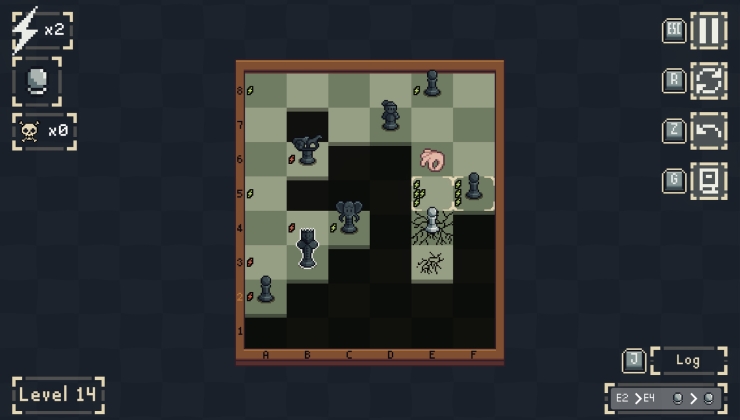
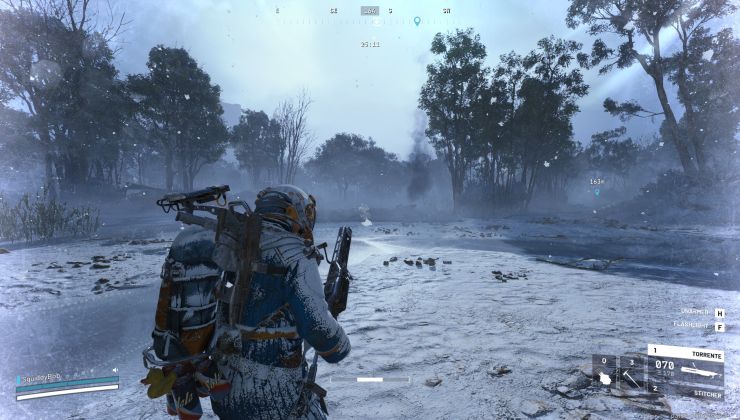
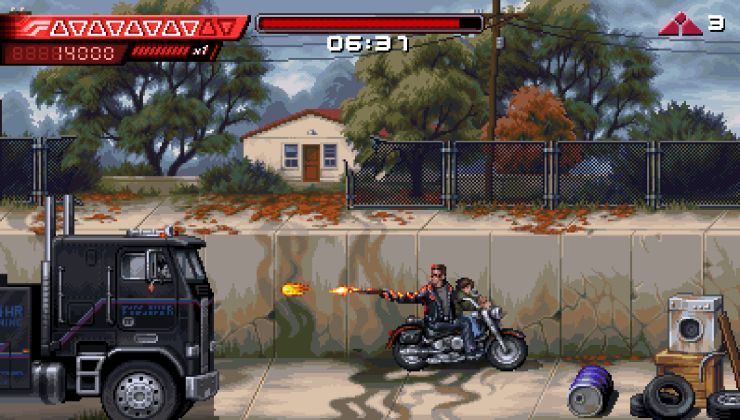
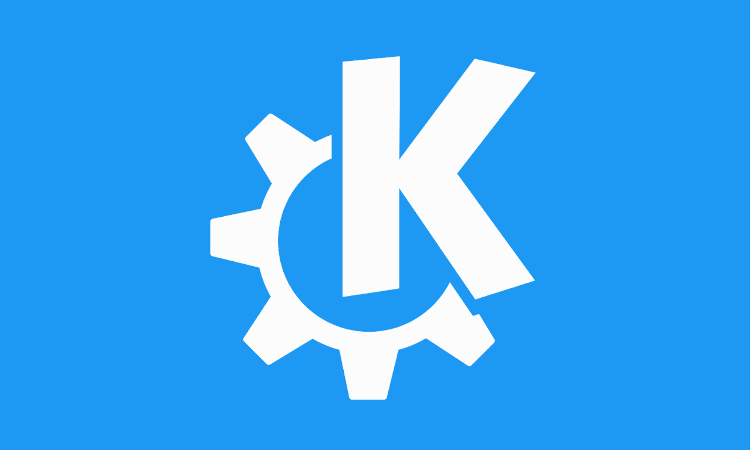









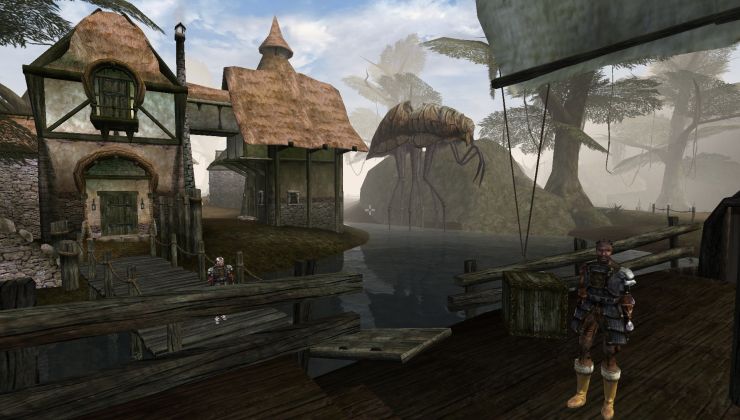 How to setup OpenMW for modern Morrowind on Linux / SteamOS and Steam Deck
How to setup OpenMW for modern Morrowind on Linux / SteamOS and Steam Deck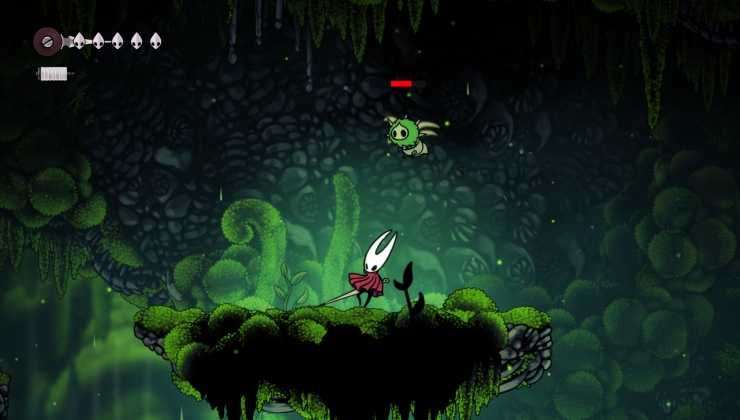 How to install Hollow Knight: Silksong mods on Linux, SteamOS and Steam Deck
How to install Hollow Knight: Silksong mods on Linux, SteamOS and Steam Deck